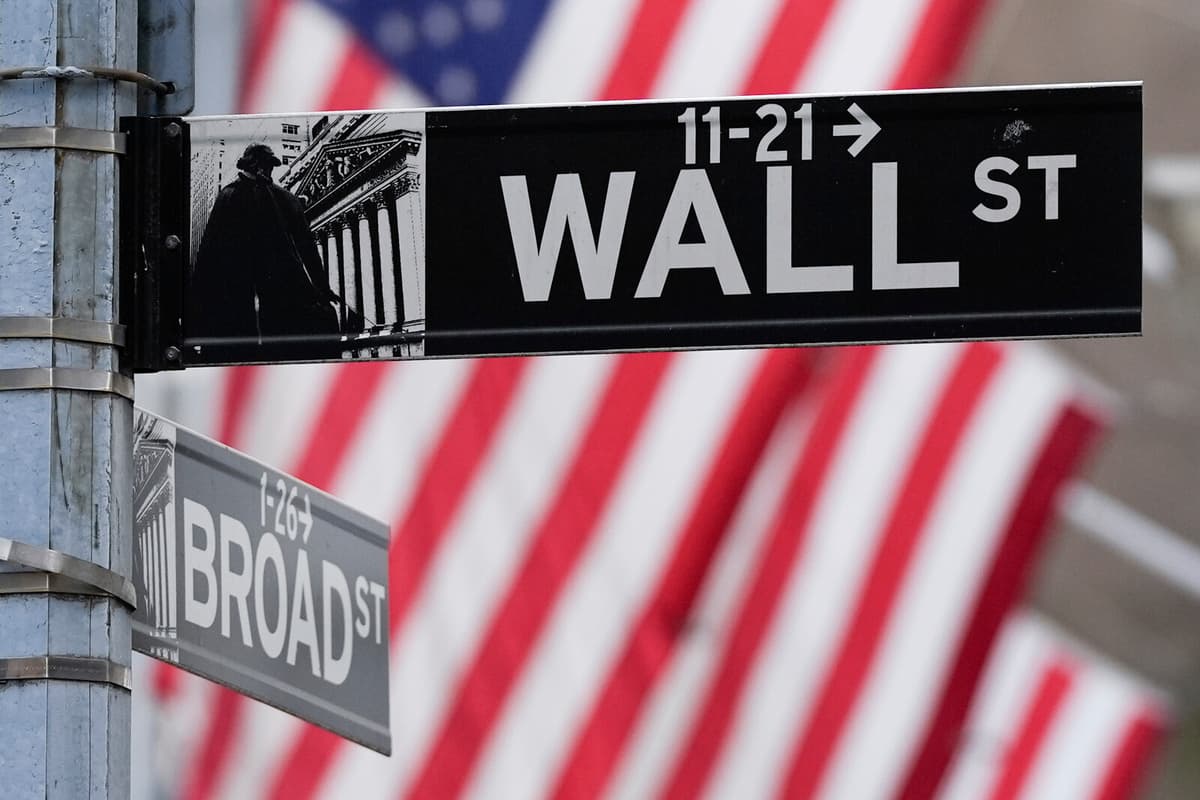The Dow Jones industrial index fell 0.6 percent, the broad S&P 500 index 1.1 percent, and the technology-heavy Nasdaq composite index 1.7 percent.
On Tuesday, Tesla's Chinese competitor BYD (Build Your Dreams) released news about fast charging on models to be launched on the market in April.
Zeekr, another Chinese competitor, announced news about free updates of a technical system for driver assistance.
Tesla's stock plummeted 5.3 percent and is down 44.2 percent since the turn of the year.
Not least, the general decline in New York was due to all seven very index-heavy technology companies, known as "The magnificent seven", falling.
More symptoms
One of them – semiconductor giant Nvidia, the world's second-highest valued listed company – lost 3.3 percent. This on the same day as CEO Jensen Huang clarified that Nvidia had initiated a collaboration with automotive giant General Motors (GM).
GM fell 0.7 percent in turn after the news of the collaboration.
The world's highest valued listed company, iPhone manufacturer Apple, fell 0.6 percent.
Technology companies have this year been shaken by the sudden realization that competition from Chinese AI and automotive companies poses a very real and tangible threat.
But the technology sector's downturn is not the main problem, rather more symptoms of the larger diseases that have caused the S&P 500 and Nasdaq composite index to fall for four weeks in a row.
There are declining labor markets, warnings of recession, weaker confidence in the economy among American households, rising inflation, and global security policy concerns.
"Remain bumpy"
But what has spooked the most has been President Donald Trump's confusing statements about import tariffs against Canada and Mexico, which have just been put on hold until early April.
Markets will remain bumpy until a decision is made on April 2, says Rhys Williams, investment chief at financial analysis firm Wayve Capital, to CNBC.
Investors are also eagerly awaiting Wednesday's interest rate decision from the US Federal Reserve and Chairman Jerome Powell's possible hints about how the Fed will act going forward.
The market has now priced in a 99 percent probability that the Fed will keep the interest rate within the range of 4.25-4.50 percent.





